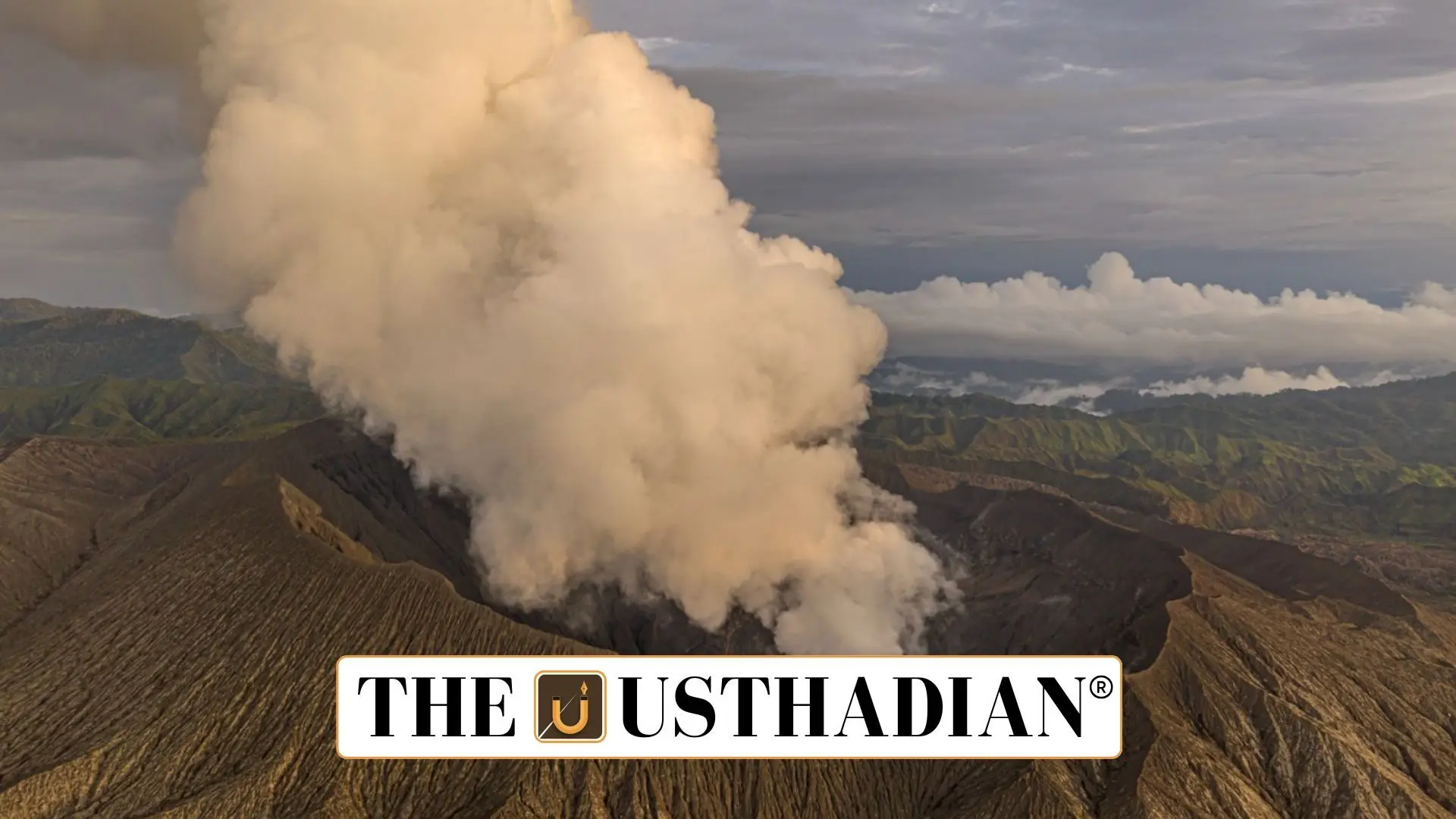A Volcanic Wake-Up Call in North Maluku
Mount Dukono Eruption Raises Alarm in Indonesia’s Volcanic Zone: Indonesia is once again in the global spotlight as Mount Dukono, a consistently active volcano on Halmahera Island, erupted with force. The latest activity has sent ash clouds nearly 2,000 metres into the sky, prompting emergency alerts and flight warnings. Located in North Maluku province, this volcano isn’t new to such behaviour—but the scale and timing of this eruption have reignited safety concerns.
Understanding Mount Dukono’s Nature
Unlike many volcanoes that erupt suddenly after long periods of silence, Mount Dukono is a persistent performer. It has been active since 1933, regularly emitting smoke, ash, and minor explosions. Standing at 1,235 metres, Dukono is constantly monitored by Indonesia’s Volcanology and Geological Disaster Mitigation Center. The reason? It lies close to residential areas and busy flight paths, making any activity a potential hazard.
Why Indonesia Faces So Many Eruptions
Indonesia sits at a geological crossroads. It has 130 active volcanoes—the most of any country. This is because it lies along the Pacific Ring of Fire, a massive horseshoe-shaped zone prone to earthquakes and volcanic eruptions. The country’s landscape is shaped by constant tectonic movement, especially along the Sunda Arc, where the Indian Ocean Plate subducts beneath the Eurasian Plate.
Some of the most feared volcanoes in the country, such as Mount Merapi and Mount Kelut, have erupted violently in the past, impacting thousands. With such natural features all around, eruptions like Dukono’s are part of life in Indonesia—but they still demand serious attention and readiness.
The Pacific Ring of Fire: Earth’s Danger Zone
The Pacific Ring of Fire stretches around 40,000 kilometres, cutting through nations like Indonesia, Japan, Mexico, the U.S. (West Coast), Chile, and New Zealand. It’s not just about volcanoes—90% of the world’s earthquakes also occur in this volatile zone. Constant plate movements cause subduction zones and fault lines, making it one of the most dangerous geological regions on Earth.
Risks to Flights and Local Populations
Volcanic ash might seem harmless, but it’s highly abrasive and dangerous to aircraft engines. That’s why airlines issue aviation alerts during eruptions like this. On the ground, ashfall can cause respiratory issues, especially for the elderly and children. Authorities have urged residents near Dukono to wear masks and limit outdoor activity. Local governments are also updating evacuation plans and health advisories to respond faster to such events.
Lessons in Preparedness
This eruption serves as a reminder of how nature constantly tests human preparedness. For a country like Indonesia, investing in early warning systems, public education, and geological monitoring is not optional—it’s essential. With so many volcanoes, every island is a classroom in disaster readiness.
STATIC GK SNAPSHOT FOR COMPETITIVE EXAMS
| Aspect | Details |
| Volcano Name | Mount Dukono |
| Location | Halmahera Island, North Maluku, Indonesia |
| First Eruption | 1933 |
| Current Activity | Ash clouds up to 2,000 m, continuous emissions |
| Height | 1,235 m above sea level |
| Pacific Ring of Fire Length | ~40,000 km |
| Countries on Ring of Fire | Indonesia, Japan, U.S., Chile, Mexico, New Zealand |
| Active Volcanoes in Indonesia | 130 (highest in the world) |
| Notable Volcanoes | Mount Merapi, Mount Kelut |
| Tectonic Feature | Sunda Arc (Indian Plate under Eurasian Plate) |








